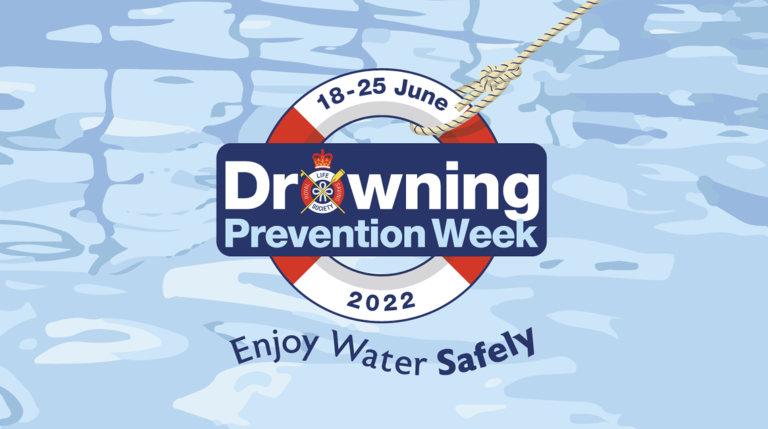Enjoy a Safe Holiday in the Water this Summer.

After a two-year hiatus, many of us will be looking forward to a fun family holiday this summer where you can take a dip in the sea, or splash around in the pool with your little ones and practise some of the moves you’ve learnt in your Turtle Tots baby and toddler swimming lessons.
With water safety being at the heart of everything we teach here at Turtle Tots, and this being National Drowning Prevention Week, we want to make sure you and your children safely enjoy your holiday time in the water.
We know swimming on holiday is fun, but water safety is a serious subject. Before we share our advice, please take note of these important statistics from the Royal Lifesaving Society (RLSS):
- Accidental drowning takes an average of 402 UK and Irish Citizens each year.
- More people die from drowning in the UK and Ireland than from domestic fires or cycling accidents.
- The most common time for children to have accidents on holiday is within the first hour of a holiday when parents are unpacking and distracted.
- More UK children die in pools while abroad on holiday than in pools in the UK.
Therefore, the following safety guidance for parents and carers is essential:
At the Swimming Pool:
- Young children are attracted to water, and will always need to be kept under constant adult supervision.
- Always follow the pool rules (don’t dive into the shallow end).
- Always take time to check the depth, water flow and layout of the pool, especially at leisure pools and holiday resorts abroad.
- Be warned that drains and water inlets can trap fingers and hair – always point these out to children so that they understand the danger
At the Beach:
- Once you have unpacked, take a walk to the beach and look out for any dangers before going into the sea – always look to see if there is a lifeguard on duty.
- Water safety signage can be very different in different countries. Always find out (ask the lifeguard or hotel rep) what local warning flags and signs mean.
- Generally, on the continent a ‘Red for Danger’ or ‘Yellow for Caution’ and a ‘Green Safe to Swim’ flag system is used, but often a bit on the liberal side. It’s always better to be safe and swim only when the ‘Green’ flag is showing.
- Do not swim near or dive from rocks, piers, breakwater and coral.
- Do not use inflatable dinghies or lilos in open water – only use them in sheltered and confined spaces, such as rock pools.
- Always swim parallel to the shore rather than out to sea – and stay within your depth.
- Understand what rip tides are.
- If partaking in organised on-water activities, always make sure children wear a life jacket.
- If you witness an emergency, whether it is in the UK or overseas, always know how to call for help.
Always follow the Water Safety Code:

Also, when playing in the pool or on the beach, you might also want to consider:
- Choosing a water-resistant high factor sun cream – and reapplying after being in the water. Coloured sun creams are also a fun way to make sure all areas are protected!
- Investing in some UV protective sunwear – when playing in the water, children risk washing off their sun cream.
- Minimising the time spent in the mid-day sun. For example, make sure when going to the beach, there is a place where children can cool off and relax in the shade after swimming. Consider going to the beach early when it’s cooler, or later in the afternoon.
- Taking a break. Playing in the pool can be very tiring for young children, so for their safety, consider a siesta after lunch or play some games in the shade for a while.
All in all have fun, but always make sure this simple safety rules are not ignored or forgotten in the heat of the noon-day sun.
Share this post